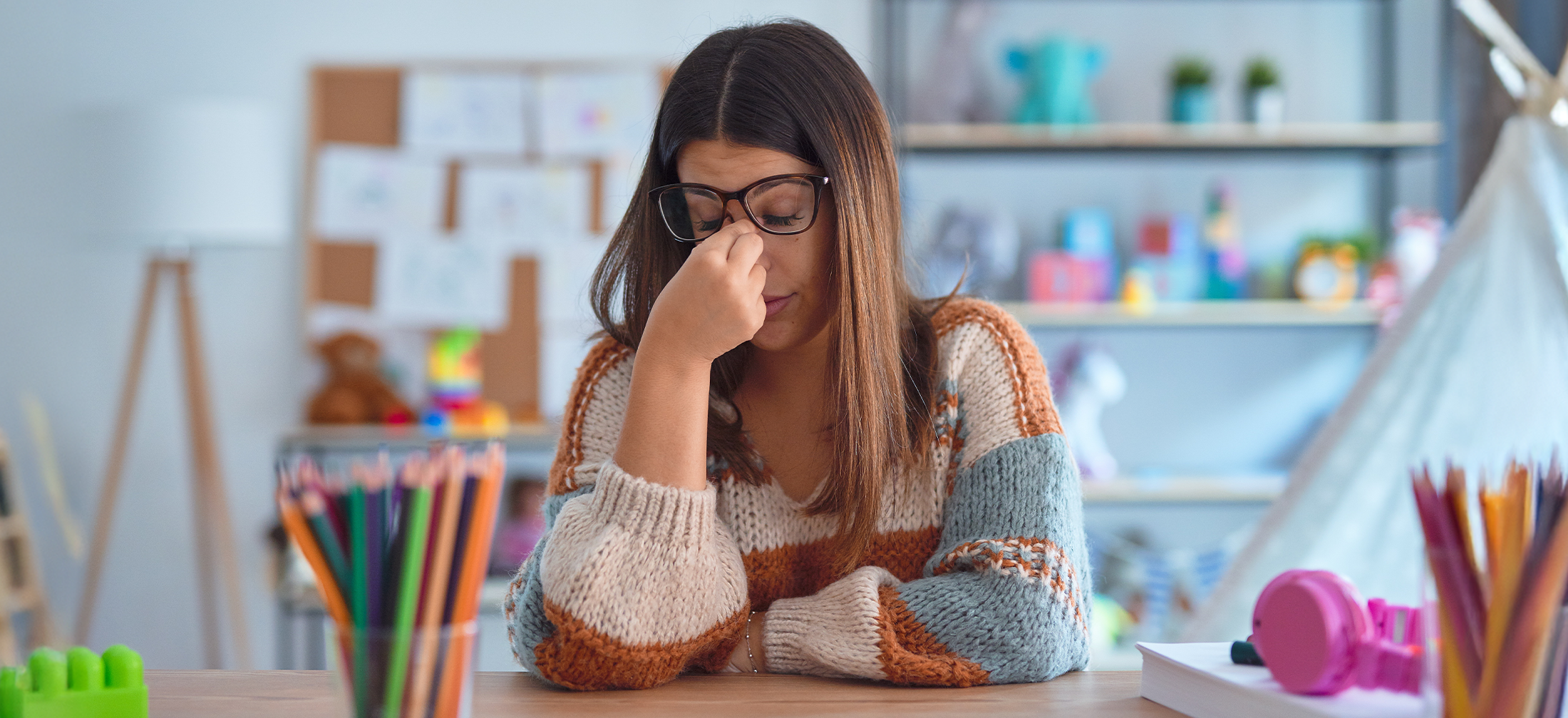
You already know that individual students in your classroom or school respond differently to different types of learning and subject matter. Whether students prefer remote learning, individual learning, or experiential learning, every student excels in different learning modalities and with different competencies and skills. That is why personalizing instruction for students to tailor it to their strength and needs could help them achieve better outcomes. But how do you do it? In this post, I’m going to describe some basic steps to help you individualize education to fit each student’s skills and proficiencies.
Setting Goals
The first step to personalizing education for your students is to work with them to develop an understanding of the learning goals that exist for the grade level. Learning goals are developed from your state grade-level standards. Break the standards into a sequence of intermediary goals and competencies that students can learn to master over the course of the year. Consider having your students translate these goals into friendly language to help reinforce their understanding of the goal and what they need to be able to do to achieve it. Next, using classroom assessments or other data, work with students to help them to better understand the competencies and skills they already excel in and those that they need more work on.
Sequencing Instruction
With the learning goals set, it is time to provide students with coursework that matches the learning goals and sequencing lessons to move them toward achievement of the goals. For example, if a learning goal involves developing a complete paragraph, consider the intermediate skills a student needs to master in order to write a paragraph and assess each one along the way. You could start with writing a good topic sentence for a paragraph, assess this skill, and once they have mastered it, move on to the next. You could also design projects to meet a number of learning goals at once and assess student achievement of each goal individually rather than assigning an overall grade. Designing instruction to build student skills or knowledge sequentially allows students to grow in their skills at their own pace and experience success along the way to becoming competent in larger and broader goals.
Growth Assessments
While most of us grew up terrified of getting a bad grade, when personalizing learning it is important that students learn to see assessments and even failure as just a part of the learning process. Students should understand that assessments are designed to highlight their current level of skill and that the goal is to improve over time. Frequent and constructive feedback helps them understand what they did wrong or right to accomplish a task. Students should also have opportunities to frequently assess their own progress. You could have students track their progress toward a goal, recording their assessment results so that they can visually see their growth. In this way they will learn to view assessments as a valuable tool to help them achieve their year-end goals and their personal success.
Providing Instruction
I know what some of you are thinking: “This all sounds well and good, but when am I going to get the time to work with each of my kids?” Although individual instruction is valuable, it is not always feasible. Start by determining clear learning goals for the day and examining data to establish student needs based on these goals. Then, based on the needs of the group, consider providing targeted whole-group instruction. Then group students with similar learning needs for small-group instruction. Combine students so they can learn from and support each other, or offer one-on-one support with you or other adults in the classroom and design independent learning activities. A typical class period or lesson may incorporate some or all of these activities.
You can personalize instruction for your students without wholesale system change. By setting learning goals, sequencing instruction, using assessments to provide feedback and demonstrate growth, and employing a variety of instructional practices based on student need, you can personalize instruction within your classroom to address individual student needs.
For a more detailed explanation of ways to personalize education in your classroom or to learn more about this topic, please watch the REL Central at Marzano Research video embedded above or feel free to contact us for more information.



